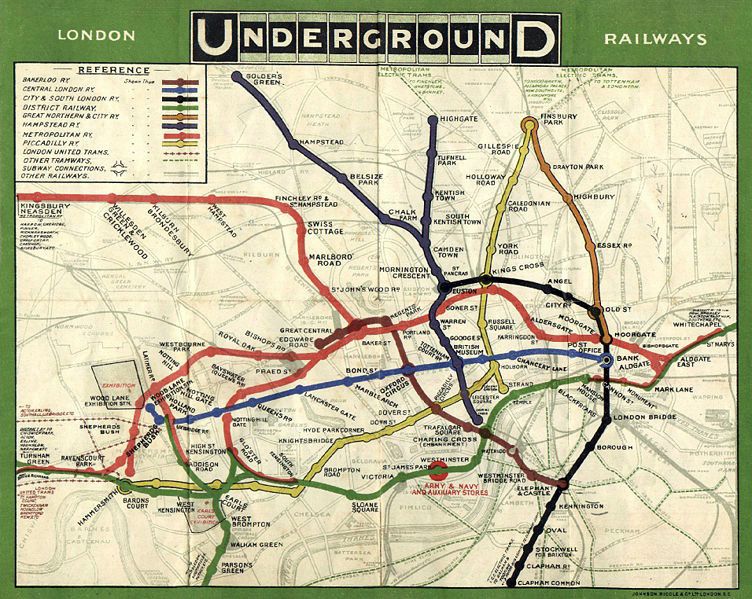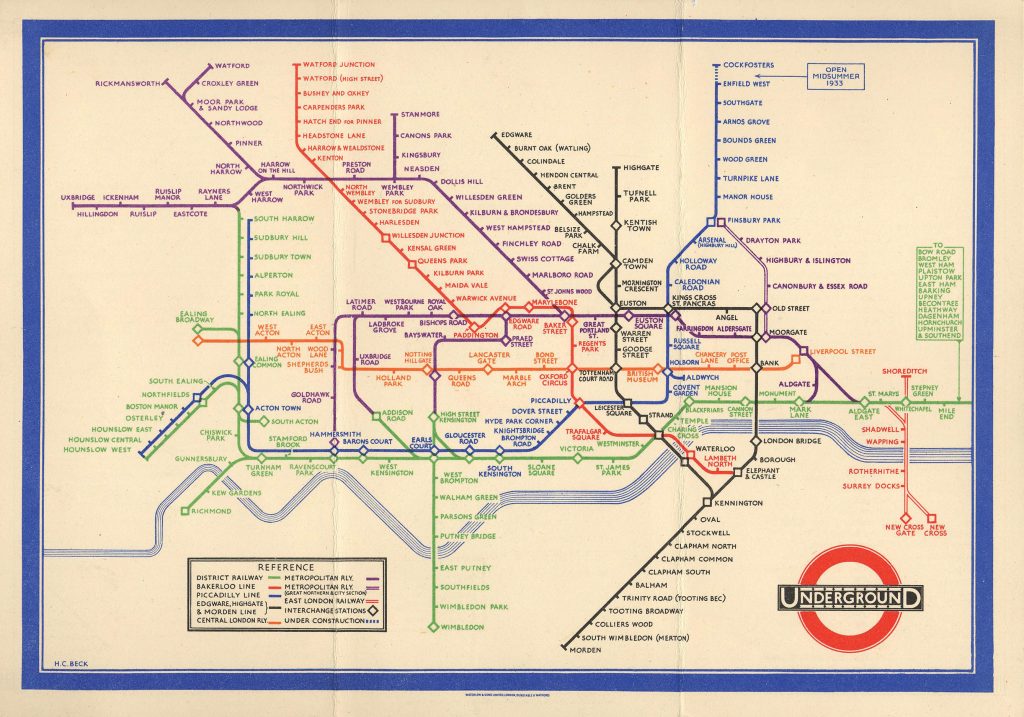The problem with this analysis is not that his conclusions are wrong, but that he seems to be basing them on a very narrow view of creativity. From the way he describes it, Peterson obviously thinks that creativity is uniquely found in artistic expression, and the the trouble with narrow definitions is that they lead to narrow conclusions.
For him, an architect would be creative whereas an engineer would not. A fine artist would be creative but not a draughtsman. He regards it as axiomatic that going to work every day is impossible for anyone of a creative bent. This is not my experience after thirty years of working in the creative industries.
In the early 90s I had the luck to work in the same office as the extraordinary graphic designer, Alan Fletcher. Fletcher understood creativity to be the ability to recognise connections that others simply do not see. However, he also recognised that making those links was a lot more commonplace than people realise. He once said to me that "everyone is a designer" and he was right.
Everyone includes you. Your home, your workspace, your clothes and your entire lifestyle require some degree of creative input. Irrespective of whether or not you flouting conventions, adhere to norms or subvert expectations, you are either choose means of self-expression or simply solve pragmatic issues in creative ways.
Peterson's idea of artistic creativity can also be misleading. An example would be an amateur painter, who is skilled with a brush. They spend their days faithfully reproducing landscapes. Despite appearances, there would be nothing remotely creative about such a person. Artistic yes, in a reductionist sense, but not creative.
So how does this link to the London Underground?
The Tube map – the map of the London Underground – is a creative solution that lies entirely outside of self-expression. Despite the fact that it displays a phenomenal grasp of visual acuity and technical skill, it is representational only as means of wayfinding. If you placed the tube map alongside a picture of hay wains rendered in oil on canvas, we know which one Jordan Peterson would pick as an example of creativity.
However, the Tube map perfectly represents the broader idea of creativity because it involves connections that are not immediately apparent. The map grew out of a need to render a complex system in simple, navigable terms. This is never an easy task and it would have proved to be impossible if not for a purely creative leap.
To understand this we have to examine the London Underground itself. Five separate companies built and operated the first tube lines. As a result, they did not get together to creates a composite map until the early years of the 20th century.

The map above was commissioned in 1907 by the five companies who were operating the various lines at that point. It should be noted that even though this early version of the Underground was only a fraction of the complex system that it would become, it was still an incredibly difficult task to represent it realistically against a physical map of London. It's a beautiful piece of work, both in design and execution, but it highlights the problems of rendering a complex system visually.
The real Tube map
In the late 1920s Harry Beck, a draughtsman working for the London Underground, made the conceptual leap away from a geographical map to a topographical one.
Whereas geography concerns itself with physical spaces as a whole, topography is more concerned with the individual features of such a space. Beck understood that passengers were not interested in the actual physical distance between stations, only how many stops they would travel and where they should change trains.

His real leap was when he adapted a completely different discipline to meet his needs. He began to lay out the underground system as though it were an electrical diagram. He represented each station as part of a system while ignoring its actual geographic position. Then he incorporated the existing colour coding of lines in order to allow passengers to plan their journeys more effectively. Finally he used his draughtsman skills to realise his ideas.
The Tube map seems obvious to us now. However, when Beck took the idea to his managers they rejected it on the basis that is was too radical. Despite this early setback, once tube travellers got their hands on some test prints there was no going back. Public approval of the map was universal.
From 1933, London Underground mass produced the Tube map for the London public and has done ever since. The map's designers have accommodated all of the extensions and additions to the Tube in the nine decades since it was first introduced. Another testament to it's effectiveness is that virtually every municipal railway project across the globe has adopted the tube map as a template for their own maps.
Why is this important
Creativity is a huge factor in human development. It manifests in writers expressing their innermost landscapes, in teachers communicating with students, with engineers developing systems to bring architects' visions to life, and even for medical professionals searching for solutions within a pandemic.
These are just a few scattered examples of how creativity is intrinsic to progress.
In the end, the trouble with narrow definitions is that we cannot afford to narrow creativity down to artistic self-expression. It won't do us any favours as and when we face the challenges to come.